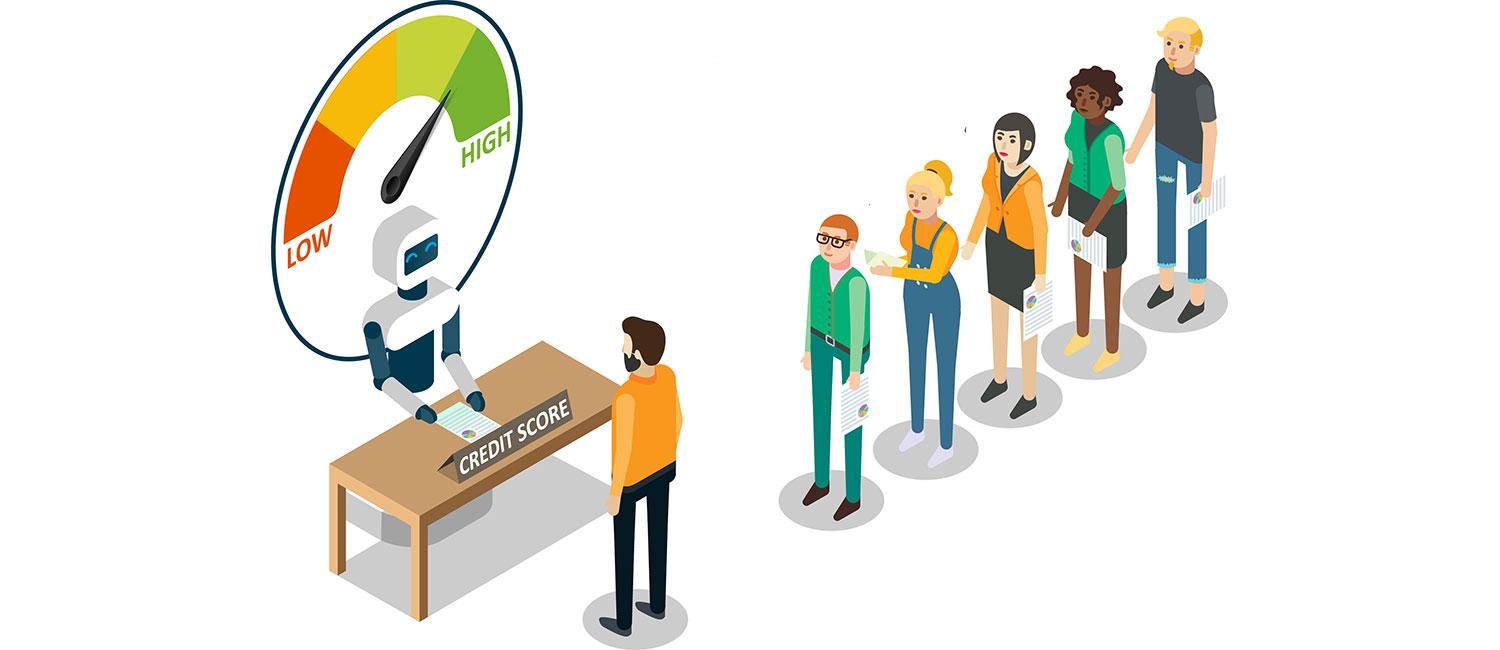FICO Score Vs Credit Score. What Is The Difference?
Reviewed by: Fibe Research Team
- Updated on: 12 Oct 2023
Reviewed by: Fibe Research Team

Not many are aware that there is a difference between a CIBIL score and a credit score. The former is a type of credit score, whereas a credit score is a measure of your creditworthiness. It is based on your past repayment behaviour and financial standing.
While there are four main credit reporting agencies authorised by the RBI to generate your credit score, TransUnion CIBIL is the most popular one among them. The credit score generated by them is the CIBIL score, which is why the terms are used interchangeably.
Likewise, when comparing the FICO score vs credit score, know that a similar distinction exists. The former is simply a type of credit score. However, the parameters chosen to generate the score may differ slightly from the CIBIL score. Read on to learn more about the FICO credit scoring system and how the score is calculated.
This is a credit score generated by the Fair Isaac Corporation and hence the name. This score considers the following factors when calculating a borrower’s credit standing:
While Indian lenders commonly rely on credit scores generated by four credit bureaus, the FICO score has forayed into the Indian lending arena. This score, like a CIBIL score, is a 3-digit numerical summary within the range of 300 – 850.
Using the FICO score, lenders analyse your repayment ability. FICO categorises the scoring criteria into five areas and assigns a percentage score based on the weightage of each category.
While the payment history constitutes 35% of the score, 10% depends on the mix of credits you own. Here are the remaining factors affecting the FICO score.
There are many versions of the FICO credit scoring system, depending on the types of credits and the credit bureaus. Below are the different types of common FICO credit scores.
| Version of FICO score | Experian | Equifax | TransUnion |
|---|---|---|---|
| Widely Used Version | FICO® Score 8 | FICO® Score 8 | FICO® Score 8 |
| Versions used in auto lending | FICO® Auto Score 9FICO® Auto Score 8FICO® Auto Score 2 | FICO® Auto Score 9FICO® Auto Score 8FICO® Auto Score 5 | FICO® Auto Score 9FICO® Auto Score 8FICO® Auto Score 4 |
| Versions used in credit card decisioning | FICO® Bankcard Score 9FICO® Bankcard Score 8FICO® Bankcard Score 2FICO® Score 3 | FICO® Bankcard Score 9FICO® Bankcard Score 8FICO® Bankcard Score 5 | FICO® Bankcard Score 9FICO® Bankcard Score 8FICO® Bankcard Score 4 |
| Versions used in mortgage lending | FICO® Score 2 | FICO® Score 2 | FICO® Score 2 |
| Newly released versions | FICO® Score 10FICO® Score 10 TFICO® Auto Score 10FICO® Bankcard Score 10 | FICO® Score 10FICO® Score 10 TFICO® Auto Score 10FICO® Bankcard Score 10 | FICO® Score 10FICO® Score 10 TFICO® Auto Score 10FICO® Bankcard Score 10 |
Among all these versions, FICO® Score 8 is the most common version that applies to personal, educational and other types of credits.
Also Read: How to improve credit score
Much like the difference between a CIBIL score and a credit score, a FICO score is simply another type of credit score. Various parameters used to calculate a particular score may differ based on the credit bureau. FICO offers different variations of the score, helping lenders get a reliable and trustworthy score.
Here, the base score rating helps a lender evaluate your credit repayment ability. On the other hand, sector-specific scores are tailored according to certain credit products, such as credit cards or home loans.
However, each scoring model takes a unique approach that may result in a different score even if they use the same field and information from the same credit report. In part or entirely, FICO also creates other types of scores based on a credit report.
FICO is more transparent than credit scores and, most times, comparatively cheaper for all the parties involved. However, reports produced by the three credit bureaus are important to monitor your progress because they help to attain that ideal credit score.
A good credit score is also crucial if you plan to get a loan. However, not all lenders rely on credit scores to approve loans. Fibe is one that uses an Alternate Credit Scoring Mechanism, which grants easier access to Instant Personal Loan. Download the Fibe Personal Loan App or visit our website and register to get started!
Both scores have similar implications, even if the parameters used to calculate them may vary slightly. Credit scores generated by other agencies may not provide a comprehensive analysis to the lender and offer limited data.
On the contrary, a FICO score periodically generates updated versions of the score built on the previous edition. This enables lenders to get an accurate and trustworthy picture of your credit management style. Hence, a FICO is considered a better alternative to other types of credit scores.
The scoring model to calculate the FICO score is different from other credit scores. This is the reason there is a difference between FICO and other scoring systems.
While the highest FICO score depends on the industry-specific version, FICO credit scoring ranges between 300 and 850. That said, a CIBIL score goes up to 900.